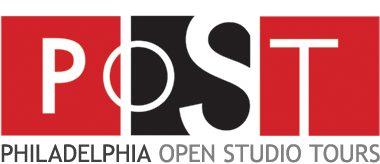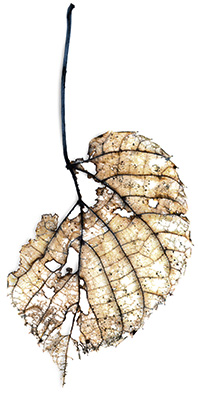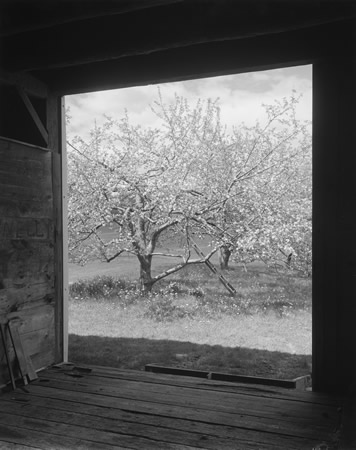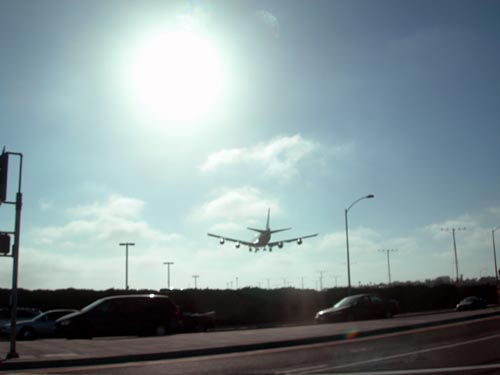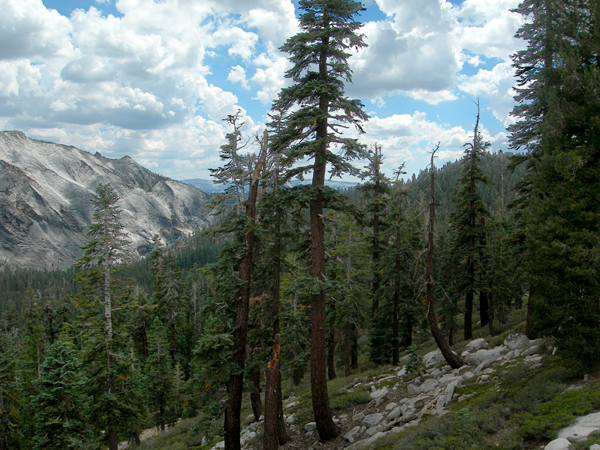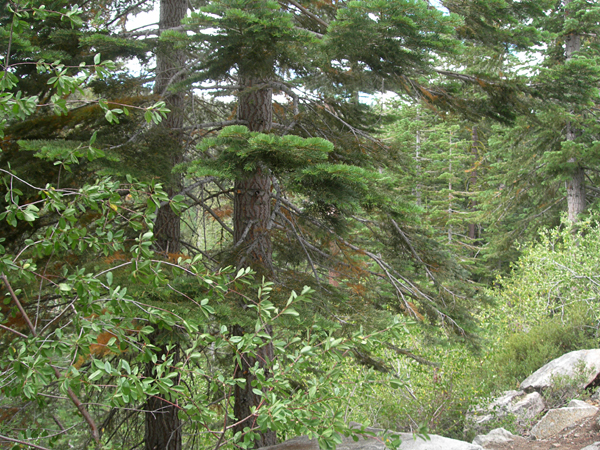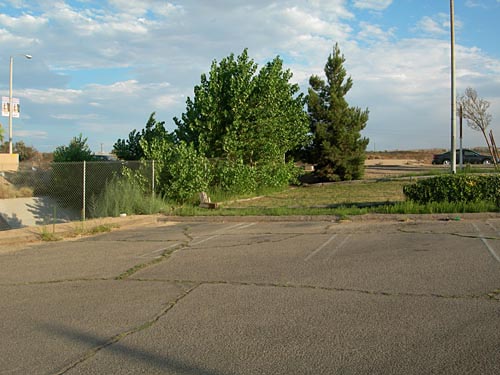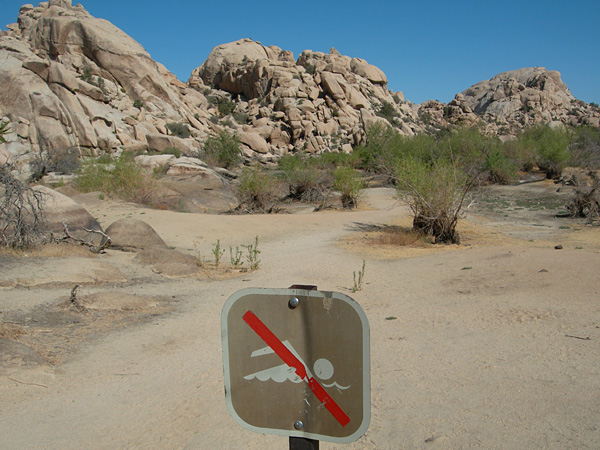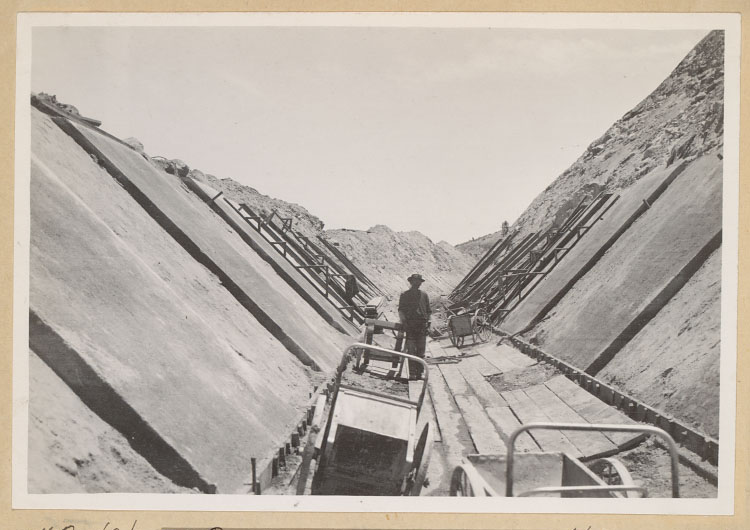So the Photo Review Benefit Auction is tomorrow night (Sat. Nov., 10) at the University of the Arts in Philadelphia, and I have my "if-I-had-the-money with list." There isn't much I would really like to buy—mostly vintage—but just don't have the means. My ideal job would be consulting with collectors on their personal acquisitions. A few months ago, I actually told Kate Ware what to get from the Mike and Doug Starn show at the Print Center.
Here is the short list from tomorrow's auction:
 Vincent David Feldman: Hongkew, Shanghai, 2005/2006, carbon inkjet print, A/P, signed verso, framed, 16"x20" $350—$700
Vincent David Feldman: Hongkew, Shanghai, 2005/2006, carbon inkjet print, A/P, signed verso, framed, 16"x20" $350—$700
 Eugène Atget: Senlis. Ruines se Saint-Frambourg, 1903, gold-toned albumen print, unmounted, 8.5"x6.875" $4,000—$8,000
Eugène Atget: Senlis. Ruines se Saint-Frambourg, 1903, gold-toned albumen print, unmounted, 8.5"x6.875" $4,000—$8,000
 Jay Dusard: Petrified Forest, Arizona, Blue Mesa, 1977, silver print, titled recto, framed, 8"x10" (courtesy of D. W. Mellor) $250—$500
Jay Dusard: Petrified Forest, Arizona, Blue Mesa, 1977, silver print, titled recto, framed, 8"x10" (courtesy of D. W. Mellor) $250—$500
 Henry Horenstein: Texas Map Turtle, Graptemys, c. 2000/2007, digital chromogenic print, signed verso, 20"x16" $800—$1,600
Henry Horenstein: Texas Map Turtle, Graptemys, c. 2000/2007, digital chromogenic print, signed verso, 20"x16" $800—$1,600
 Mark Klett: Storm Clouds over Eastern Idaho: Near Craters of the Moon, 8/18/80, 1980, silver print, signed verso, 16"x20" (courtesy of Michael Mattis and Judith Hochberg) $900—$1,800
Mark Klett: Storm Clouds over Eastern Idaho: Near Craters of the Moon, 8/18/80, 1980, silver print, signed verso, 16"x20" (courtesy of Michael Mattis and Judith Hochberg) $900—$1,800
 Stuart Rome: Presence, Bali, 1993/2007, archival pigment print, A/P, signed verso, 12"x15.5" $500—$750
Stuart Rome: Presence, Bali, 1993/2007, archival pigment print, A/P, signed verso, 12"x15.5" $500—$750
 Josef Sudek: Trees in Flower, 1950s/1976, silver print, unmounted, 11.25"x8.25" $750—$1,500
Josef Sudek: Trees in Flower, 1950s/1976, silver print, unmounted, 11.25"x8.25" $750—$1,500  Unknown: Tea House Nogeyma at Yokohama, Japan, c. 1880s, hand-colored albumen print, 7.750"x9.875" $200—$400
Unknown: Tea House Nogeyma at Yokohama, Japan, c. 1880s, hand-colored albumen print, 7.750"x9.875" $200—$400
 Frank Yamrus: Tree in Nickerson State Park, Eastham, MA, from the series "Bared and Bended", 2004, archival pigment print, signed verso, 6.5"x6.5" $700—$1,400
Frank Yamrus: Tree in Nickerson State Park, Eastham, MA, from the series "Bared and Bended", 2004, archival pigment print, signed verso, 6.5"x6.5" $700—$1,400
 Vincent David Feldman: Hongkew, Shanghai, 2005/2006, carbon inkjet print, A/P, signed verso, framed, 16"x20" $350—$700
Vincent David Feldman: Hongkew, Shanghai, 2005/2006, carbon inkjet print, A/P, signed verso, framed, 16"x20" $350—$700 Eugène Atget: Senlis. Ruines se Saint-Frambourg, 1903, gold-toned albumen print, unmounted, 8.5"x6.875" $4,000—$8,000
Eugène Atget: Senlis. Ruines se Saint-Frambourg, 1903, gold-toned albumen print, unmounted, 8.5"x6.875" $4,000—$8,000 Jay Dusard: Petrified Forest, Arizona, Blue Mesa, 1977, silver print, titled recto, framed, 8"x10" (courtesy of D. W. Mellor) $250—$500
Jay Dusard: Petrified Forest, Arizona, Blue Mesa, 1977, silver print, titled recto, framed, 8"x10" (courtesy of D. W. Mellor) $250—$500 Henry Horenstein: Texas Map Turtle, Graptemys, c. 2000/2007, digital chromogenic print, signed verso, 20"x16" $800—$1,600
Henry Horenstein: Texas Map Turtle, Graptemys, c. 2000/2007, digital chromogenic print, signed verso, 20"x16" $800—$1,600 Mark Klett: Storm Clouds over Eastern Idaho: Near Craters of the Moon, 8/18/80, 1980, silver print, signed verso, 16"x20" (courtesy of Michael Mattis and Judith Hochberg) $900—$1,800
Mark Klett: Storm Clouds over Eastern Idaho: Near Craters of the Moon, 8/18/80, 1980, silver print, signed verso, 16"x20" (courtesy of Michael Mattis and Judith Hochberg) $900—$1,800 Stuart Rome: Presence, Bali, 1993/2007, archival pigment print, A/P, signed verso, 12"x15.5" $500—$750
Stuart Rome: Presence, Bali, 1993/2007, archival pigment print, A/P, signed verso, 12"x15.5" $500—$750 Josef Sudek: Trees in Flower, 1950s/1976, silver print, unmounted, 11.25"x8.25" $750—$1,500
Josef Sudek: Trees in Flower, 1950s/1976, silver print, unmounted, 11.25"x8.25" $750—$1,500  Unknown: Tea House Nogeyma at Yokohama, Japan, c. 1880s, hand-colored albumen print, 7.750"x9.875" $200—$400
Unknown: Tea House Nogeyma at Yokohama, Japan, c. 1880s, hand-colored albumen print, 7.750"x9.875" $200—$400
 Frank Yamrus: Tree in Nickerson State Park, Eastham, MA, from the series "Bared and Bended", 2004, archival pigment print, signed verso, 6.5"x6.5" $700—$1,400
Frank Yamrus: Tree in Nickerson State Park, Eastham, MA, from the series "Bared and Bended", 2004, archival pigment print, signed verso, 6.5"x6.5" $700—$1,400

